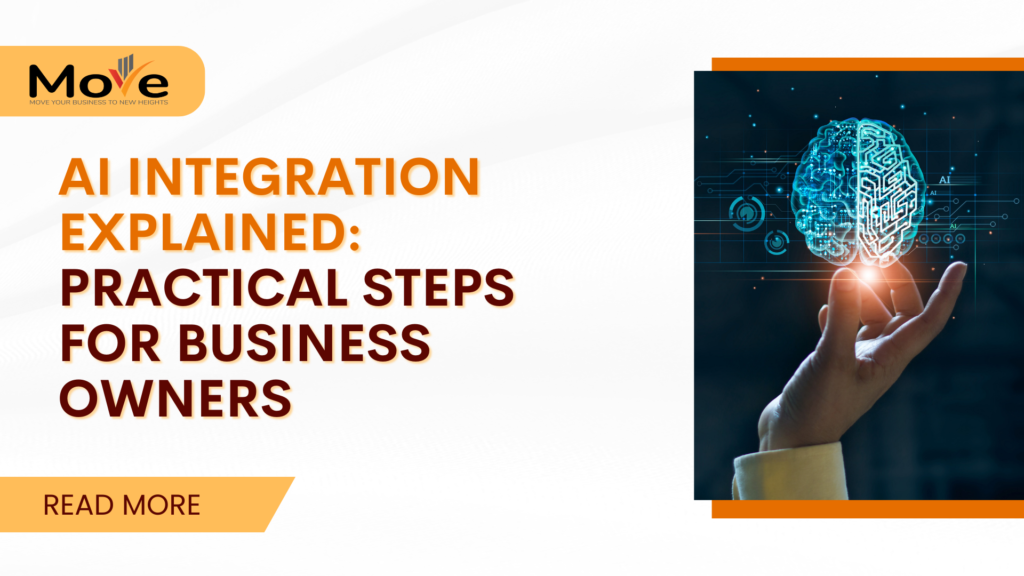AI integration plays a pivotal role in driving efficiency and innovation. But what does AI integration entail for business owners? In this article, we’ll delve into the practical steps you can take to seamlessly incorporate AI into your operations.
Assessing Business Needs: Identifying Opportunities for AI Integration
The first step in AI integration is to assess your business needs and identify areas where AI can make a tangible impact. This could range from automating repetitive tasks to analyzing large datasets for insights.
Choosing the Right Technologies: Selecting AI Solutions Aligned with Objectives
Once you’ve identified potential areas for AI integration, the next step is to choose the right AI technologies and platforms for your business. It’s essential to select solutions that align with your objectives and are scalable to accommodate future growth.
Preparing Data: Ensuring High-Quality Data for AI Systems
After selecting the appropriate AI technologies, the next crucial step is data preparation. High-quality data is the lifeblood of AI systems, so it’s essential to ensure that your data is clean, relevant, and adequately labeled.

Developing and Training Models: Building Tailored AI Algorithms
With your data ready, the next step in AI integration is model development and training. This involves building AI algorithms tailored to your specific business needs and training them using your prepared data.
Deployment into Production: Integrating AI Algorithms into Workflows
Once your AI models are trained, it’s time to deploy them into your production environment. This involves integrating the AI algorithms into your existing systems and workflows and conducting thorough testing and validation.
Monitoring and Optimization: Ensuring Continued Performance
With your AI models successfully deployed, the final step in AI integration is monitoring and optimization. AI systems require ongoing monitoring to ensure continued performance and relevance.
Final Thoughts
In conclusion, AI integration explained in practical terms involves a series of systematic steps aimed at incorporating artificial intelligence into your business operations. Following these steps diligently you can leverage the right AI technologies for efficiency and innovation.

